The first time I came across the idea of plagiarism, I was just entering college and thought it was completely mental how anyone could check for ‘stolen words.’ After all, there were a trillion resources on and offline, so it’d almost be like finding a needle in a haystack. Boy, did I find out the gravity of my assumption (not that I was close to becoming a word thief at any point in my schooling life). I’m not quite sure writers, especially students, completely comprehend the severe consequences plagiarism carries with it.
Today, many institutions turn to tools like Turnitin and CopyScape to check for plagiarism. These programs have the ability to pick out a single line from a 100-page document lifted off another academic’s work; the accuracy in which these programs run is simply immaculate. As a young writer, I too struggled with learning the mundane skill of citing sources, but I found, with practice and helpful tips, plagiarism really isn’t such a monster.
Let’s start with the fundamentals, note taking.
In academic writing, it is not uncommon to see literature citing more than 30 authors. So how do these writers keep track of the ideas, the exact article, and its page number? It’s actually pretty simple if you do it in an organized way.
Start with using the simple Notebook Layout in Microsoft Word, or Evernote for Mac users. In the Notebook Layout, you can create multiple tabs to separate the different articles you’ll be using. You can also group these articles by themes with the option to color code each tab. Likewise for Evernote, creating multiple notes with tags to differentiate the themes of the various articles will be very handy.
The actual note taking is going to be the most tedious part of this entire affair. At this stage, read each article, copy and paste the relevant bits of information directly from the source into your Notebook or Evernote. A this point it’s alright to take the entire chunk, this is just notes for your own reference. I wouldn’t recommend highlighting it on the source itself as it’ll be much more complicated and time consuming to find these bits of information again. Upon copying it into your Notebook, put the page number at the end of each paragraph.
Once you have all the relevant information from your various sources, you’ll probably have an idea as to how your paper is going to be structured. Now it’s time to clean up your Notebook just a little. Start grouping ideas of the same theme together with similar colored tabs and arrange the different sources according to the structure of your paper.
As you write your paper, cite each idea immediately after you write a sentence. There are many ways to give the author credit for their work; the three most common ones (APA referencing) include:
- Author ABC published a study in the Journal of Consumer Behavior (2012, p. 1) stating…
- Author ABC (2012, p. 2) believes…
- …hence contributing to the factors leding to an increase in consumption (Author ABC, 2012, p. 3).
Don’t forget, for academic papers, it’s not only direct quotes you need to cite. Facts, statistics, ideas, and opinions not originating with you, including paraphrases, need to be cited accurately. I think it is pretty safe to say that almost every sentence in your study should be credited to a trusted source.
Finally, when you’re done with your paper, it’s definitely worthwhile to run your text through a program, such as Grammarly, to check for any possible plagiarism you missed. Grammarly not only tells you which sentences possibly need citations, it also suggests which sites the idea or text was taken from. In academic papers, I always believe it’s better to be safe than sorry.
Writing your first academic paper is always a challenging feat, but trust me, it gets easier, and after you get the hang of it, it actually gets quite enjoyable. Try this method and see if it works for you.
Nikolas discovered his love for the written word in Elementary School, where he started spending his afternoons sprawled across the living room floor devouring one of Marc Brown childrens’ novels after the other and writing short stories about daring pirate adventures. After acquiring some experience in various marketing, business development, and hiring roles at internet startups in a few different countries, he decided to re-unite his professional life with his childhood passions by joining Grammarly’s marketing team in San Francisco. He has the pleasure of being tasked with talking to writers, bloggers, teachers, and others about how they use Grammarly’s online proofreading application to improve their writing. His free time is spent biking, traveling, and reading.




 This is Publication Consultants’ motivation for constantly striving to assist authors sell and market their books. Author Campaign Method (ACM) of sales and marketing is Publication Consultants’ plan to accomplish this so that our authors’ books have a reasonable opportunity for success. We know the difference between motion and direction. ACM is direction! ACM is the process for authorpreneurs who are serious about bringing their books to market. ACM is a boon for them.
This is Publication Consultants’ motivation for constantly striving to assist authors sell and market their books. Author Campaign Method (ACM) of sales and marketing is Publication Consultants’ plan to accomplish this so that our authors’ books have a reasonable opportunity for success. We know the difference between motion and direction. ACM is direction! ACM is the process for authorpreneurs who are serious about bringing their books to market. ACM is a boon for them. Release Party
Release Party Web Presence
Web Presence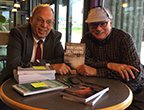 Book Signings
Book Signings Facebook Profile and Facebook Page
Facebook Profile and Facebook Page Active Social Media Participation
Active Social Media Participation Ebook Cards
Ebook Cards The Great Alaska Book Fair: October 8, 2016
The Great Alaska Book Fair: October 8, 2016


 Costco Book Signings
Costco Book Signings eBook Cards
eBook Cards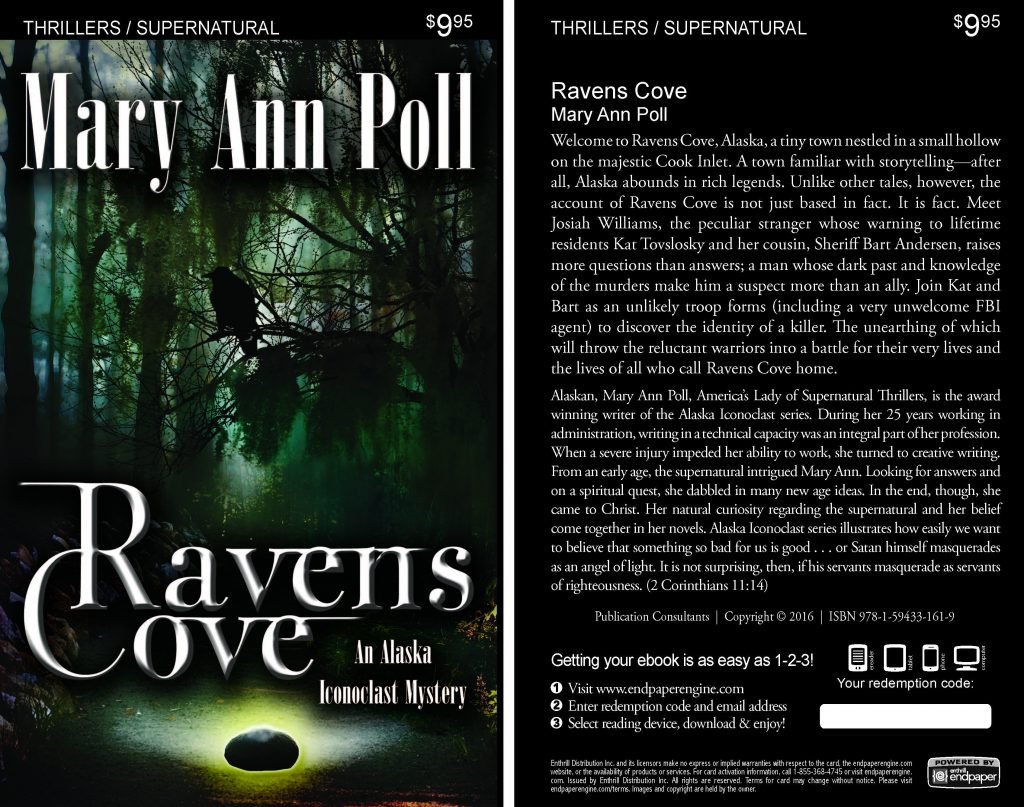

 Benjamin Franklin Award
Benjamin Franklin Award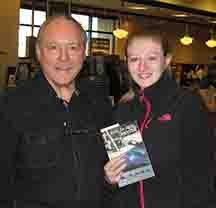 Jim Misko Book Signing at Barnes and Noble
Jim Misko Book Signing at Barnes and Noble
 Cortex is for serious authors and will probably not be of interest to hobbyists. We recorded our Cortex training and information meeting. If you’re a serious author, and did not attend the meeting, and would like to review the training information, kindly let us know. Authors are required to have a Facebook author page to use Cortex.
Cortex is for serious authors and will probably not be of interest to hobbyists. We recorded our Cortex training and information meeting. If you’re a serious author, and did not attend the meeting, and would like to review the training information, kindly let us know. Authors are required to have a Facebook author page to use Cortex. Correction:
Correction: This is Publication Consultants’ motivation for constantly striving to assist authors sell and market their books. ACM is Publication Consultants’ plan to accomplish this so that our authors’ books have a reasonable opportunity for success. We know the difference between motion and direction. ACM is direction! ACM is the process for authors who are serious about bringing their books to market. ACM is a boon for serious authors, but a burden for hobbyist. We don’t recommend ACM for hobbyists.
This is Publication Consultants’ motivation for constantly striving to assist authors sell and market their books. ACM is Publication Consultants’ plan to accomplish this so that our authors’ books have a reasonable opportunity for success. We know the difference between motion and direction. ACM is direction! ACM is the process for authors who are serious about bringing their books to market. ACM is a boon for serious authors, but a burden for hobbyist. We don’t recommend ACM for hobbyists.

 We’re the only publisher we know of that provides authors with book signing opportunities. Book signing are appropriate for hobbyist and essential for serious authors. To schedule a book signing kindly go to our website, <
We’re the only publisher we know of that provides authors with book signing opportunities. Book signing are appropriate for hobbyist and essential for serious authors. To schedule a book signing kindly go to our website, < We hear authors complain about all the personal stuff on Facebook. Most of these complaints are because the author doesn’t understand the difference difference between a Facebook profile and a Facebook page. Simply put, a profile is for personal things for friends and family; a page is for business. If your book is just a hobby, then it’s fine to have only a Facebook profile and make your posts for friends and family; however, if you’re serious about your writing, and it’s a business with you, or you want it to be business, then you need a Facebook page as an author. It’s simple to tell if it’s a page or a profile. A profile shows how many friends and a page shows how many likes. Here’s a link <> to a straight forward description on how to set up your author Facebook page.
We hear authors complain about all the personal stuff on Facebook. Most of these complaints are because the author doesn’t understand the difference difference between a Facebook profile and a Facebook page. Simply put, a profile is for personal things for friends and family; a page is for business. If your book is just a hobby, then it’s fine to have only a Facebook profile and make your posts for friends and family; however, if you’re serious about your writing, and it’s a business with you, or you want it to be business, then you need a Facebook page as an author. It’s simple to tell if it’s a page or a profile. A profile shows how many friends and a page shows how many likes. Here’s a link <> to a straight forward description on how to set up your author Facebook page.



 Mosquito Books has a new location in the Anchorage international airport and is available for signings with 21 days notice. Jim Misko had a signing there yesterday. His signing report included these words, “Had the best day ever at the airport . . ..”
Mosquito Books has a new location in the Anchorage international airport and is available for signings with 21 days notice. Jim Misko had a signing there yesterday. His signing report included these words, “Had the best day ever at the airport . . ..”


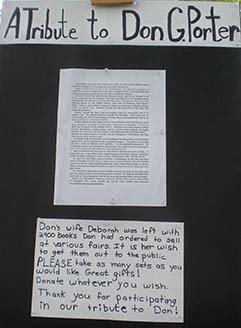
 The Lyin Kings: The Wannabe World Leaders
The Lyin Kings: The Wannabe World Leaders
 Time and Tide
Time and Tide


 ReadAlaska 2014
ReadAlaska 2014 Readerlink and Book Signings
Readerlink and Book Signings
 2014 Independent Publisher Book Awards Results
2014 Independent Publisher Book Awards Results

 Bonnye Matthews Radio Interview
Bonnye Matthews Radio Interview
 Rick Mystrom Radio Interview
Rick Mystrom Radio Interview When he published those overseas blogs as the book The Innocents Abroad, it would become a hit. But you couldn’t find it in bookstores.
When he published those overseas blogs as the book The Innocents Abroad, it would become a hit. But you couldn’t find it in bookstores.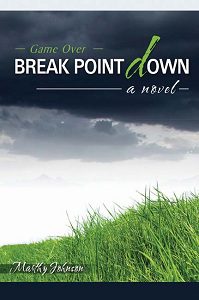 More NetGalley
More NetGalley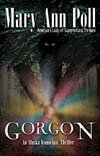 Mary Ann Poll
Mary Ann Poll
 Bumppo
Bumppo
 Computer Spell Checkers
Computer Spell Checkers Seven Things I Learned From a Foreign Email
Seven Things I Learned From a Foreign Email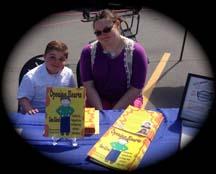 2014 Spirit of Youth Awards
2014 Spirit of Youth Awards Book Signings
Book Signings


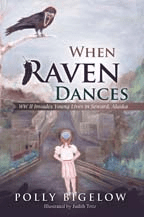 Blog Talk Radio
Blog Talk Radio Publication Consultants Blog
Publication Consultants Blog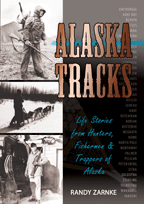 Book Signings
Book Signings



 Don and Lanna Langdok
Don and Lanna Langdok Ron Walden
Ron Walden Book Signings Are Fun
Book Signings Are Fun Release Party Video
Release Party Video
 Erin’s book,
Erin’s book,  Heather’s book,
Heather’s book,  New Books
New Books